Extinction of an animal or plant population happens when there are no more individuals of that species left anywhere on the planet – the species has died out. This is a normal part of the evolutionary process. However, extinctions will occur at a much faster rate than average.
Extinct animals are those that no longer live anywhere on the planet. Dinosaurs, which existed on this planet in ancient times, became extinct a long time ago. Dinosaur, Dodo, Cave lion, Caspian tiger, and Irish deer are some examples of wildlife.
We are now in the midst of the sixth great extinction, with humans driving the unprecedented increase in the rate at which we are losing biodiversity. Some of these endangered animals are gone forever, while others are being saved by de-extinction efforts. They are all worth learning about and remembering.
Thylacine
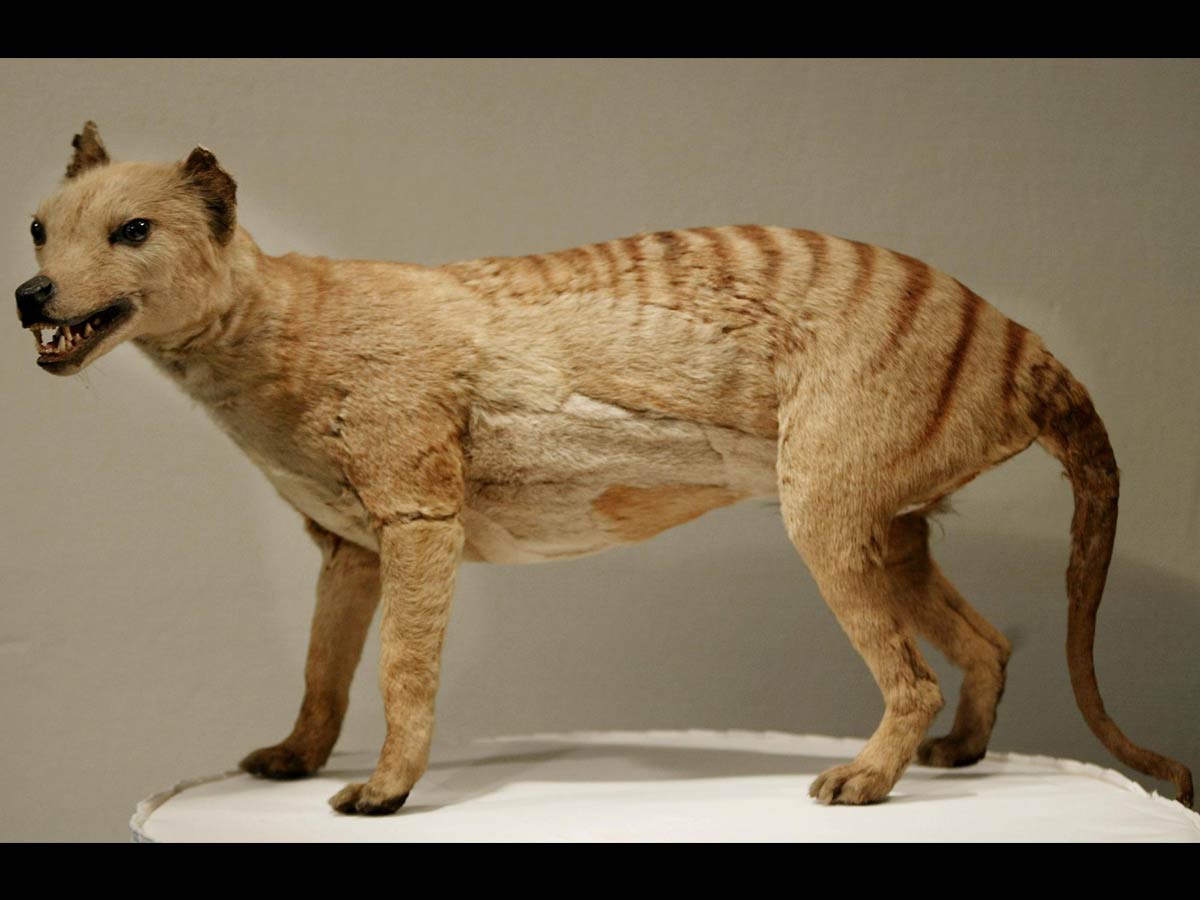
The thylacine, the world’s largest carnivorous marsupial (standing about 2 feet tall and 6 feet long, including the tail), once roamed mainland Australia and New Guinea. It was almost extinct by the time of European settlement humans caused. It survived in Tasmania (known as the Tasmanian tiger or Tasmanian wolf), with the last recorded animal killed in the wild in 1930.
The last captive, thylacine, depicted above, died in 1936. People speculated that the thylacine survived in small pockets in the 1960s, with the actual announcement of extinction not happening until the 1980s.
Dodo – Raphus cucullatus
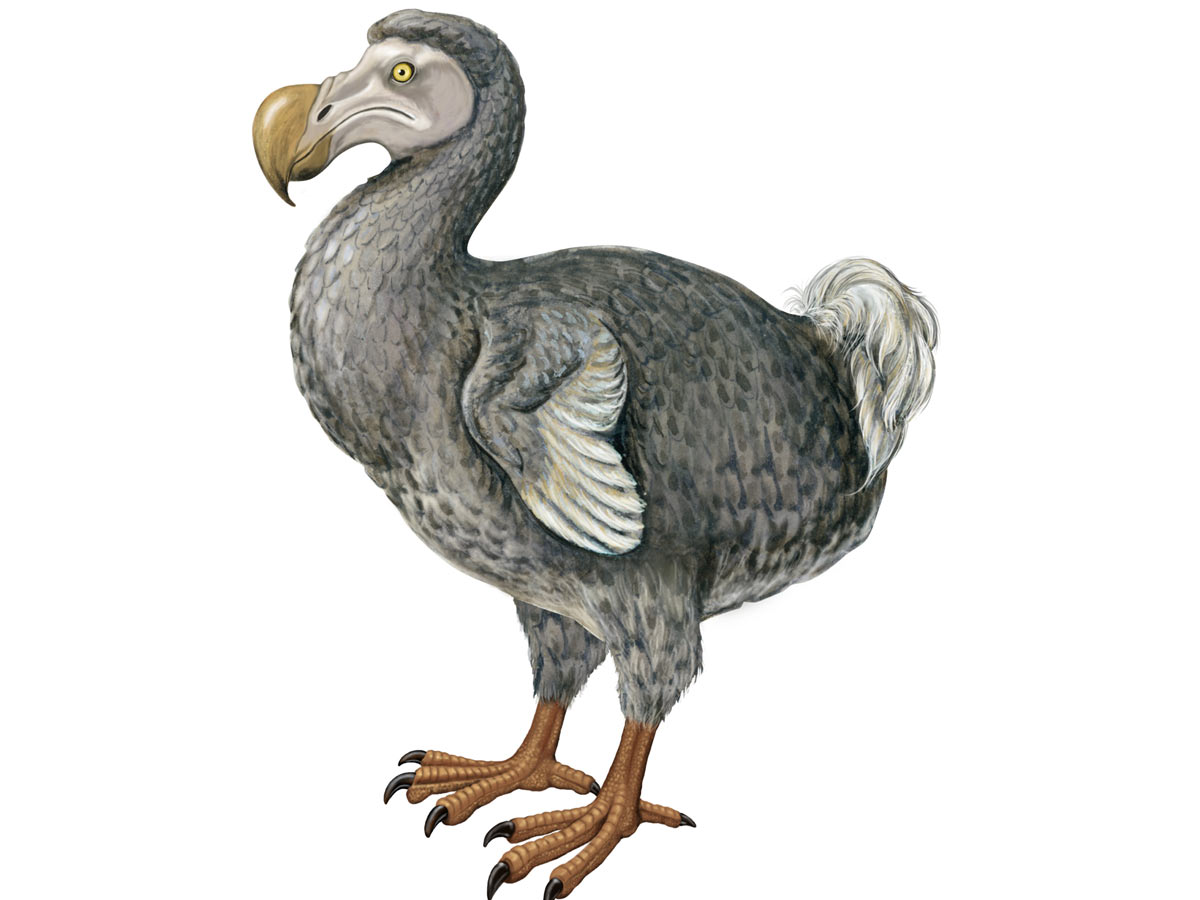
Yes, indeed. These flightless, ground-nesting birds were once abundant on the Indian Ocean island of Mauritius. Dodos were larger than turkeys, weighing about 23 kg (about 50 pounds), with blue-gray plumage and a large head. Since there were no natural predators, the birds were unafraid of the Portuguese sailors who discovered them around 1507. As a convenient source of fresh meat for their voyages, these and subsequent sailors rapidly decimated the dodo population. Later introductions of monkeys, pigs, and rodents to the island wreaked havoc on the stranded animals while the mammals feasted on their helpless nests. In 1681, the last dodo was slain.
Quagga
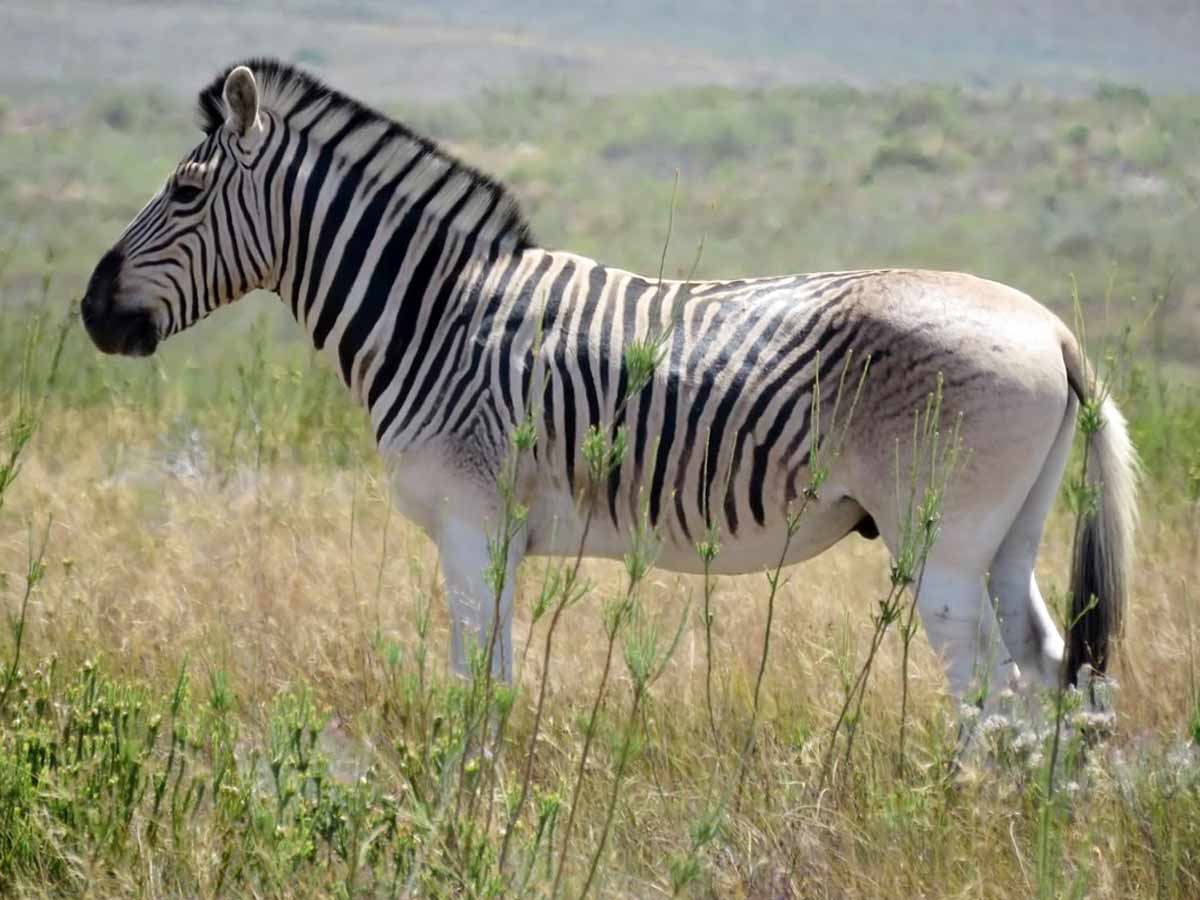
Only one quagga, a female at the London Zoo in 1870, was ever photographed. The quagga was found in large numbers in the wild in South Africa. On the other hand, the quagga was hunted to extinction for its meat, hides, and feed for domesticated animals. In the 1870s, the last wild quagga was shot to death, and the previous captive quagga died in August 1883.
The quagga became the first extinct animal to have its DNA tested thanks to a de-extinction project launched in 1987 by The Quagga Project. As a result of this study, it was determined that the quagga is a subspecies of the plains zebra, rather than an entirely different species, as previously thought. The first foal born as a result of The Quagga Project’s rebreeding efforts was born in 1988. The community anticipates that future generations of selective breeding will produce individuals who closely resemble the quagga in color, striping, and coat pattern.
Woolly Mammoth – Mammuthus primigenius
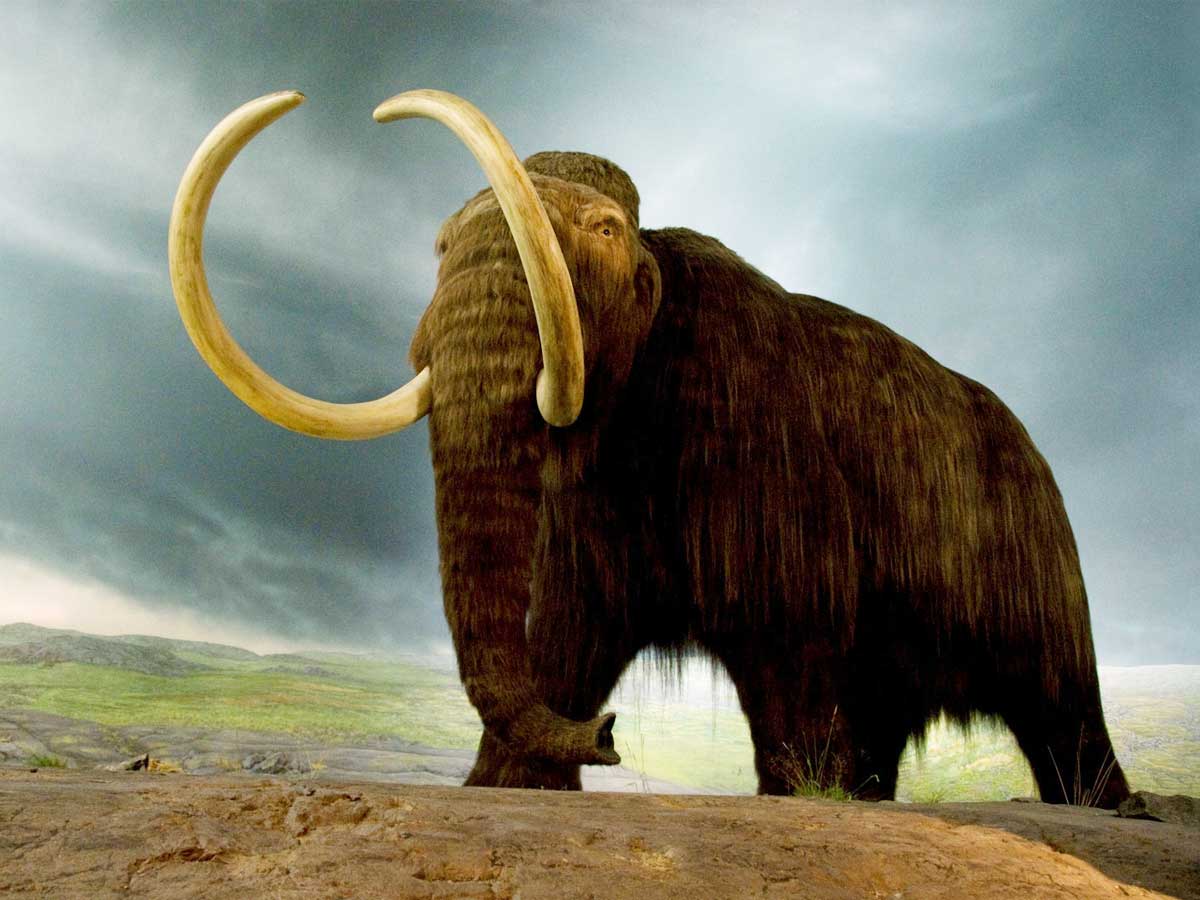
The woolly mammoth is the most well-known mammoth species. These large animals became extinct about 7,500 years ago, after the end of the last Ice Age. Although climate change undoubtedly played a role in their extinction, recent research suggests that humans may have been a driving factor, or at the very least the final cause, of their extinction. Extensive hunting combined with the pressures of a warming environment is a deadly mix, and it seems that even the mighty mammoth could not survive human appetite in a changing world.
Also Read, Top 5 Animals That May Go Extinct Due to Global Warming
Tarpan
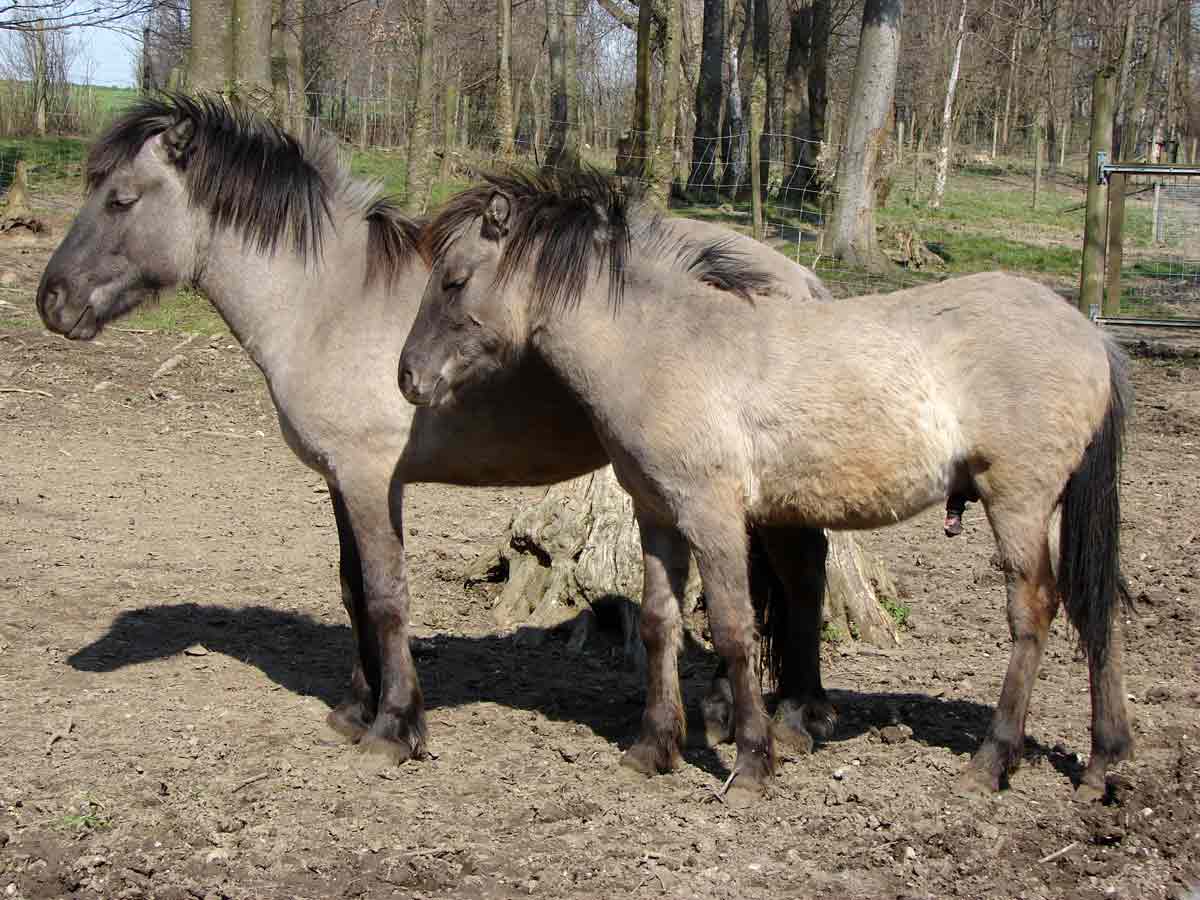
The tarpan, also known as the Eurasian wild horse, lived in the wild until sometime between 1875 and 1890 when the last wild one was killed during an attempt to catch it. In 1918, the last tarpan in captivity died. Tarpans were slightly shorter than five feet tall at the hip, with a thick mane, a grullo body with dark legs, and dorsal and shoulder stripes. The picture above is debatable as to whether it is a genuine tarpan, but it is believed to be the only photograph of a live tarpan dating from 1884.
Attempts have been made to resurrect the tarpan, but although the resulting Konik horses mimic the tarpan physically, they are not considered a genetic match.
Seychelles Giant Tortoise

There is some debate about whether the Seychelles giant tortoise is extinct in its entirety or only in the wild. Like related tortoise populations on other Indian Ocean islands, the Seychelles giant tortoise was hunted to extinction in the nineteenth century. It survived only on the edges of marshes and lakes, feeding on weeds, until being wiped out in the wild by the 1840s.
A 2011 study found 28 adult tortoises in captivity and eight adults and 40 juveniles introduced to Cousine Island, all of which may be Seychelles giant tortoises. Jonathan, a Seychelles tortoise on Saint Helena Island, was officially inducted into the Guinness World Records as the world’s oldest living land mammal at the age of 187.
Barbary Lion
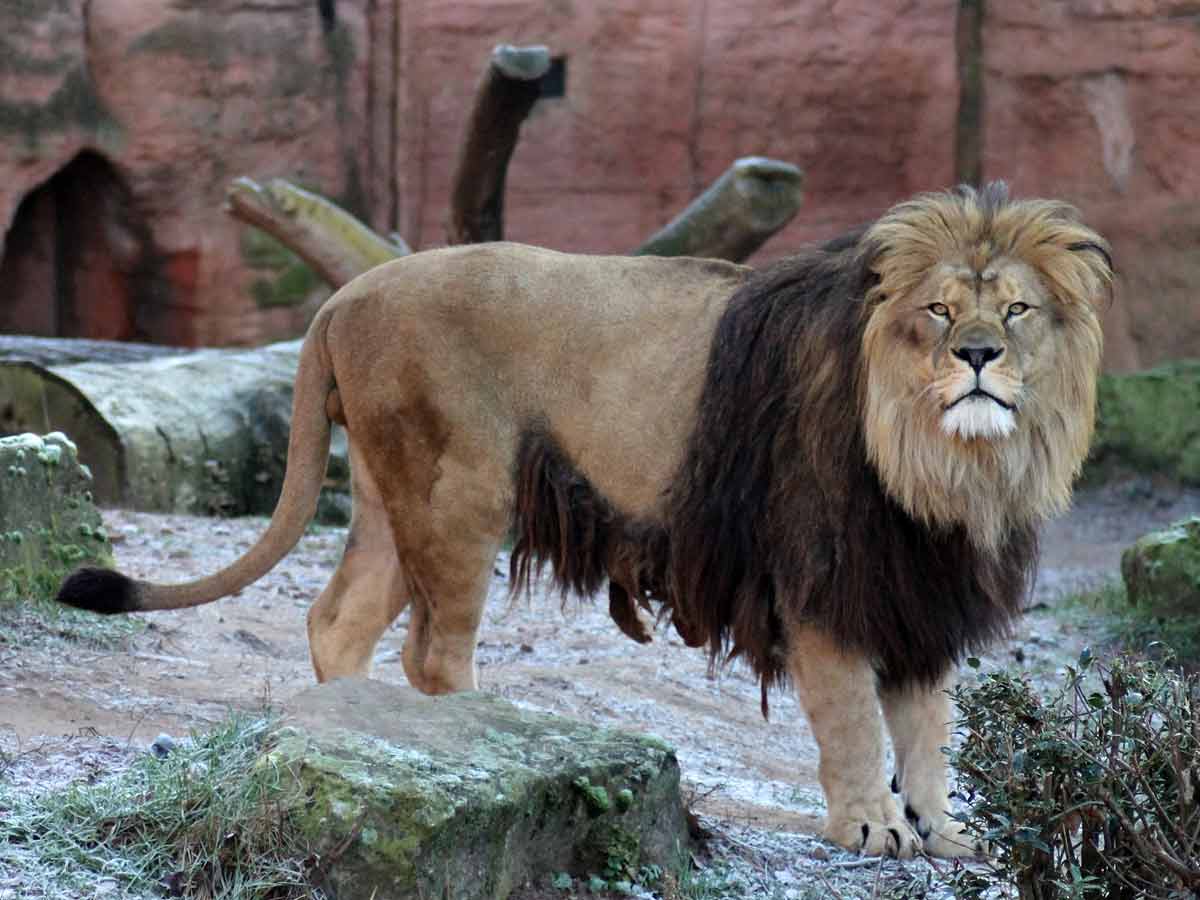
The Barbary lion (also known as the Atlas lion or Nubian lion) was the largest and heaviest of the lion subspecies, once found from Morocco to Egypt. This magnificent creature was most likely used in gladiatorial combat during the Roman era. The Barbary lion, unlike other lions, did not live in pride due to a lack of food in its habitat.
In 1942, the last wild Barbary lion was shot and killed in Morocco’s Atlas Mountains. However, concerns remain on whether any lions kept in zoos or circuses are descended from the Barbary lion and how to better protect them.
Great Auk – Pinguinus impennis
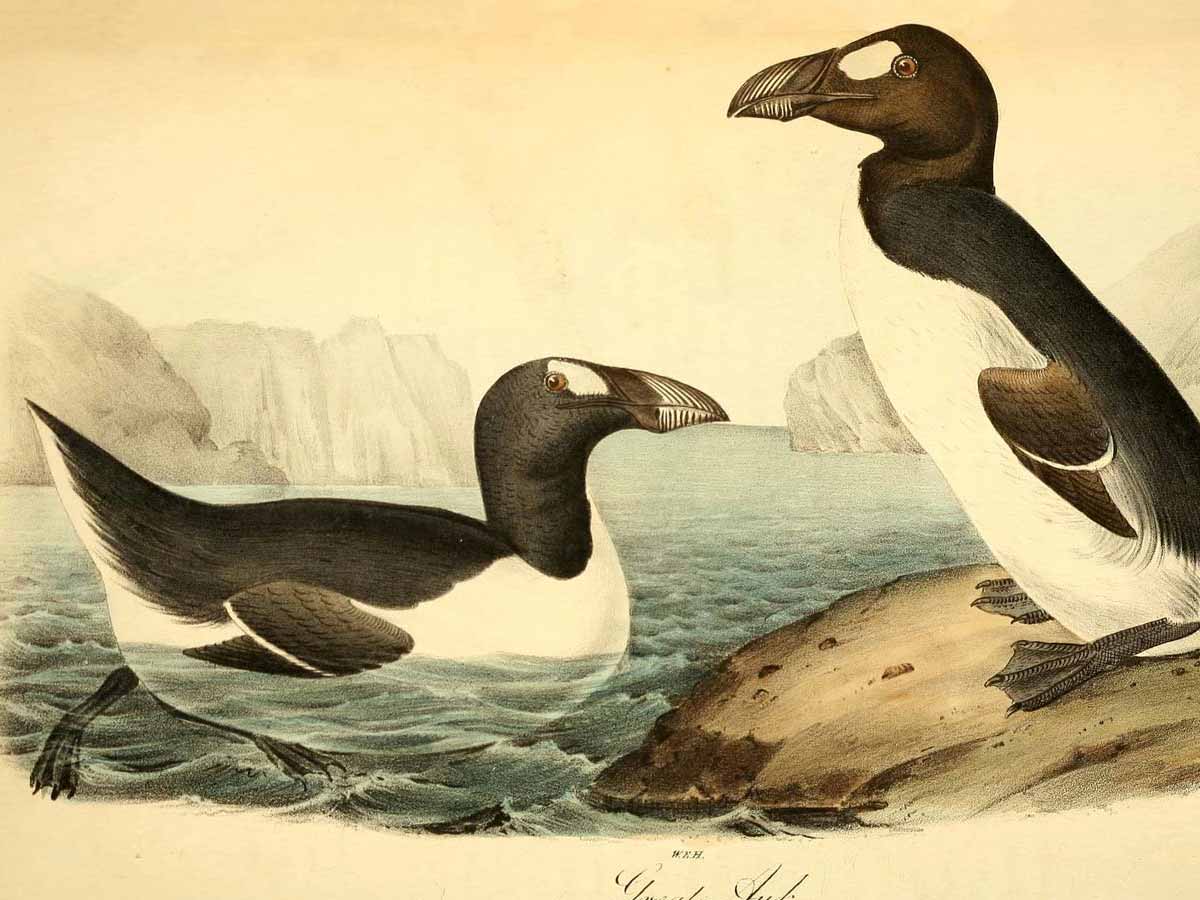
The great auk was a wingless seabird that lived in colonies on rocky islands in the North Atlantic, including St. Kilda, the Faroe Islands, Iceland, and Funk Island off the coast of Newfoundland. The birds were about 75 cm (30 inches) long and had small wings for underwater swimming. Great auks were completely defenseless and were killed for food and bait by rapacious hunters, particularly in the early 1800s. Large numbers were captured by sailors, who frequently drove the birds up planks and killed them on their way into a ship’s hold. The last known specimens were killed in June 1844 on Eldey Island, Iceland, for a museum collection.
Western Black Rhino
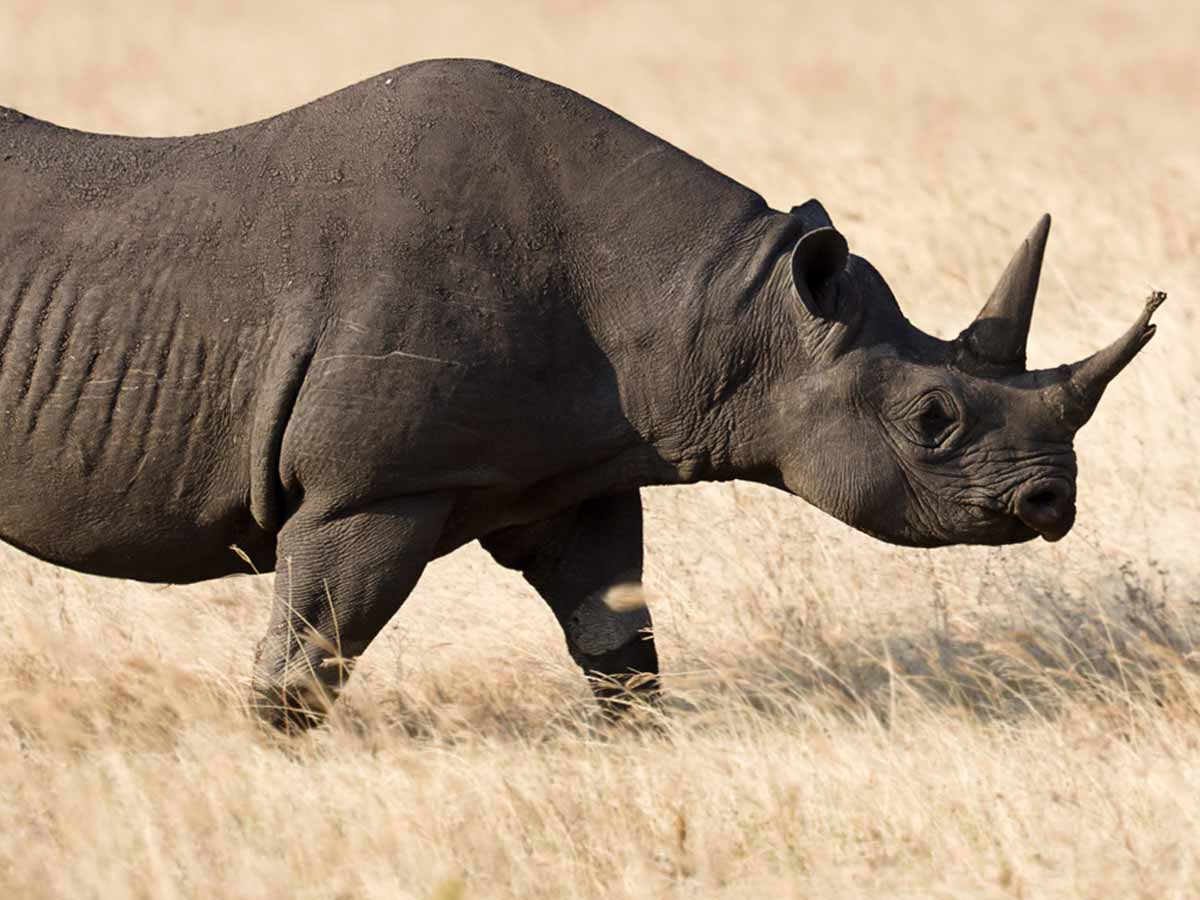
The plight of rhinoceros due to poaching is well known, and the western black rhinoceros is a prime example. It was once common in central West Africa, but it was declared extinct in 2011. While conservation efforts began in the 1930s to help the population recover from historic hunting, by the 1980s, protection for the species had waned, and poaching had skyrocketed.
Just ten people remained at the start of the twenty-first century. By 2006, they had all been destroyed. The black rhinoceros, a smaller African rhino, survives, though critically endangered, in eastern and southern Africa.
Golden Toad
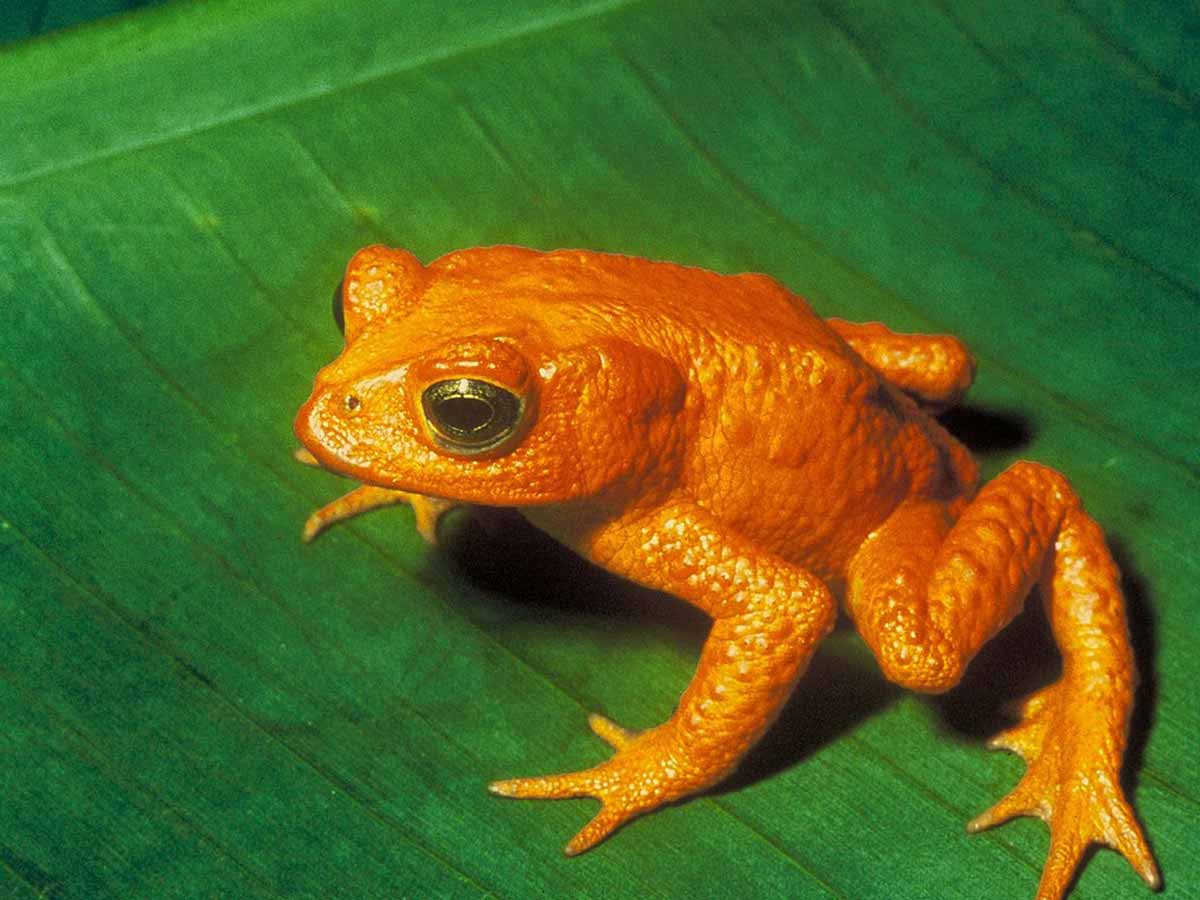
When it comes to extinction, the golden toad is an iconic species in several respects. Only described to science in 1966, and once common in a 30-square-mile region of the cloud forest above Monteverde, Costa Rica, no sightings of these two-inch-long toads have been recorded since 1989. The cause of its extinction is unknown, but habitat loss and the chytrid fungus are likely culprits. Regional weather variations caused by El Nio conditions are also suspected of playing a part in the extinction of the golden toads.

























